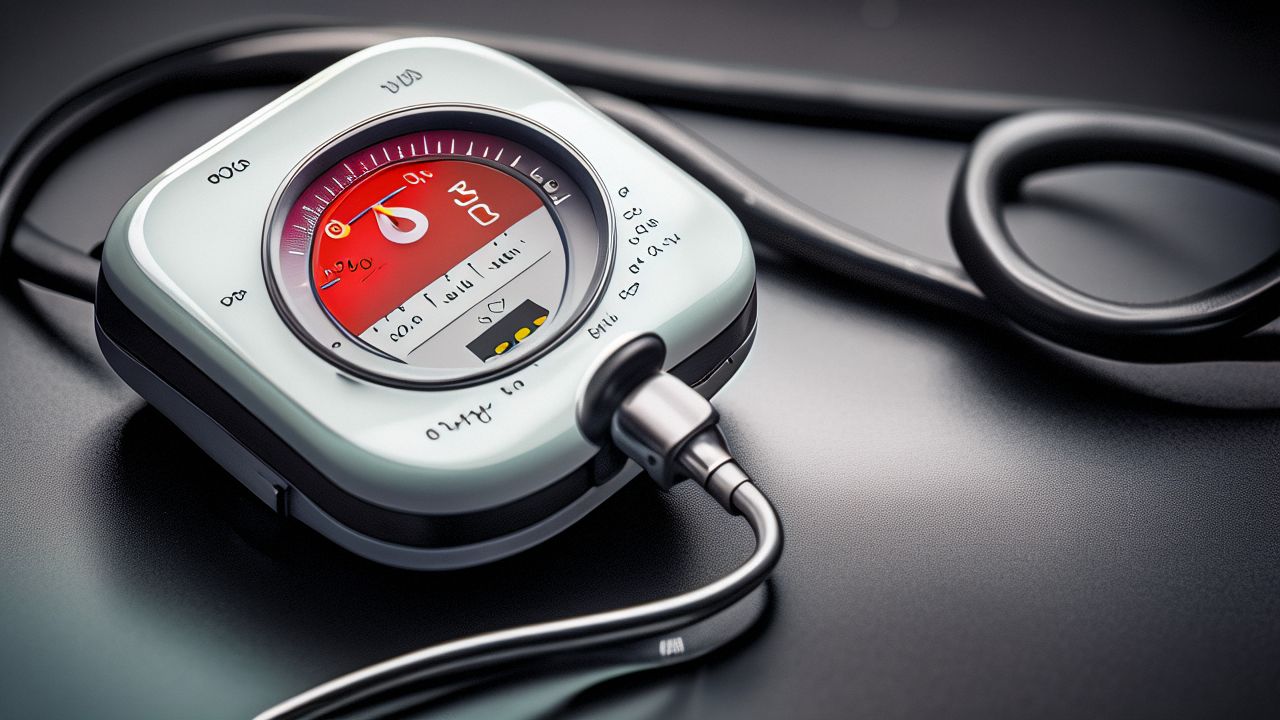Rosiglitazone is a medication commonly used to treat type 2 diabetes
Rosiglitazone is a medication commonly used to treat type 2 diabetes. Like all medications, it can have side effects.
Here are some of the more common side effects associated with rosiglitazone:
- Upper respiratory tract infection
- Headache
- Flu-like symptoms
- Back pain
- Muscle aches
- Sore throat
- Increase in appetite
In addition to these common side effects, rosiglitazone has also been associated with more serious side effects, including:
- An increased risk of heart attacks and heart-related chest pain
- An increased risk of stroke
- Congestive heart failure
- Edema (swelling)
- Fractures, particularly in women
- Anemia
- Increase in liver enzymes, which could be a sign of liver problems
For patients taking rosiglitazone to be aware of these potential side effects and to report any unusual symptoms to their healthcare provider. Regular monitoring of liver function and certain blood parameters may be recommended during treatment with rosiglitazone.

The dosage and usage
The dosage and usage instructions for rosiglitazone are determined by a healthcare provider based on the individual’s condition, response to the medication, and other factors. Here is a general guideline for the usage and dosage of rosiglitazone:
- Starting Dose: The initial dose of rosiglitazone is often 4 mg once daily or 2 mg twice daily.
- Maintenance Dose: The dose may be increased to a maximum of 8 mg once daily or 4 mg twice daily.
- Administration: Rosiglitazone should be taken with meals to reduce the risk of gastrointestinal side effects.
- Monitoring: Regular monitoring of blood sugar levels is essential while taking rosiglitazone. Additionally, liver function tests may be recommended periodically during treatment.
- Combination Therapy: Rosiglitazone can be used alone or in combination with other antidiabetic agents such as metformin or a sulfonylurea.
- Contraindications: Rosiglitazone is contraindicated in patients with a known hypersensitivity to the drug, heart failure, or liver disease.

Pharmacology
Rosiglitazone is a member of the thiazolidinedione class of antidiabetic drugs and works by improving insulin sensitivity in the body. Its pharmacology is primarily focused on its action as a selective agonist of the gamma isoform of the peroxisome proliferator-activated receptor (PPAR-γ). Here’s how it works:
- Activation of PPAR-γ: Rosiglitazone activates PPAR-γ, which is a nuclear receptor that regulates the transcription of several genes involved in glucose and lipid metabolism.
- Insulin Sensitivity: By activating PPAR-γ, rosiglitazone helps to improve insulin sensitivity in adipose (fat) tissue, muscle, and the liver. This means that these tissues become more responsive to insulin, which helps to lower blood glucose levels.
- Reduction of Insulin Resistance: Insulin resistance is a key feature of type 2 diabetes, where the body’s cells do not respond effectively to insulin. Rosiglitazone helps to reduce insulin resistance, allowing insulin to work more effectively.
- Inhibition of Glucose Production: Rosiglitazone decreases the production of glucose in the liver (hepatic gluconeogenesis) and reduces the output of glucose into the bloodstream.
- Increase in Glucose Uptake: It also enhances the uptake of glucose by skeletal muscle and adipose tissue, further contributing to lower blood sugar levels.
- Modulation of Lipid Metabolism: Rosiglitazone can affect lipid metabolism by increasing the uptake and storage of fatty acids in adipocytes and decreasing the release of fatty acids from adipose tissue, which can lead to improvements in lipid profiles.
- Inflammatory Effects: PPAR-γ activation also has anti-inflammatory effects, which may contribute to the overall metabolic benefits of rosiglitazone.
While rosiglitazone can be effective in improving glycemic control, it has been associated with an increased risk of cardiovascular events in some studies. Therefore, its use is carefully considered, and it may not be the first-line choice for all patients with type 2 diabetes. Always follow the prescribing healthcare provider’s instructions and monitoring recommendations when taking rosiglitazone.
Rosiglitazone, as a member of the thiazolidinedione class of antidiabetic medications, has its own set of advantages and disadvantages when compared to other glucose-lowering drugs. Here’s an overview of its relative strengths and weaknesses:

Advantages:
- Insulin Sensitivity: Rosiglitazone directly targets insulin resistance, which is a core pathophysiological feature of type 2 diabetes. By improving insulin sensitivity, it can help lower blood glucose levels effectively.
- Reduction of A1C: It can significantly reduce A1C levels, which is a marker of long-term blood sugar control.
- Lipid Profile: Rosiglitazone can have beneficial effects on lipid profiles, including increasing HDL (good) cholesterol and decreasing triglyceride levels.
- Less Risk of Hypoglycemia: When used as monotherapy, rosiglitazone has a lower risk of causing hypoglycemia compared to some other antidiabetic medications, such as sulfonylureas.
- Oral Administration: It is an oral medication, which is convenient for patients compared to injectable therapies.
Disadvantages:
- Cardiovascular Risks: Rosiglitazone has been associated with an increased risk of cardiovascular events, including heart attacks and strokes, particularly in patients with pre-existing heart disease.
- Congestive Heart Failure: It can cause or exacerbate congestive heart failure, and its use is contraindicated in patients with this condition.
- Edema and Weight Gain: Rosiglitazone can cause fluid retention and weight gain, which may be a concern for some patients.
- Liver Function Concerns: There is a risk of liver injury with rosiglitazone, necessitating regular monitoring of liver function tests and caution in patients with liver disease.
- Long-Term Safety: There have been long-term safety concerns, leading to restrictions on its use in some countries and a decrease in prescribing.
- Potential for Fractures: It may increase the risk of bone fractures, particularly in women.
- Interaction with Other Medications: Rosiglitazone can interact with other medications, requiring dose adjustments or close monitoring.
When comparing rosiglitazone to other antidiabetic medications, it’s important to consider the individual patient’s needs, comorbidities, and treatment goals. Healthcare providers weigh the potential benefits against the risks to determine the most appropriate treatment option for each patient.
Manufacturers
In the United States, Rosiglitazone was initially produced by GlaxoSmithKline (GSK) under the brand name Avandia. In recent years, after the expiration of the patent, other pharmaceutical companies may also produce its generic versions.
Market Status
- 1.Regulatory History:
- a.2007: The U.S. Food and Drug Administration (FDA) issued warnings regarding the cardiovascular risks associated with Rosiglitazone, leading to restricted use.
- b.2010: The FDA imposed further restrictions on the use of Rosiglitazone, allowing it only for patients who could not control their blood glucose with other medications.
- c.2013: The FDA relaxed the restrictions on Rosiglitazone use, permitting more patients to use it, but still cautioning against cardiovascular risks.
- 2.Market Share:
- a.Due to concerns about cardiovascular risks, the market share of Rosiglitazone has significantly declined in recent years. Many doctors and patients have shifted to other types of diabetes medications such as metformin, DPP-4 inhibitors, and GLP-1 receptor agonists.
- b.Nevertheless, Rosiglitazone remains available on the market and is used by certain specific patient groups.




